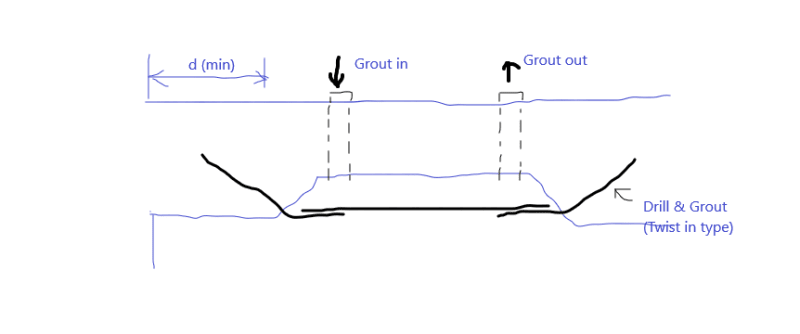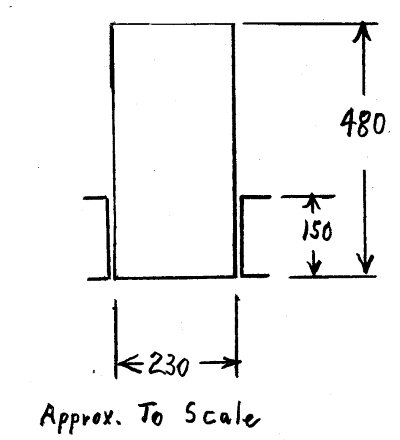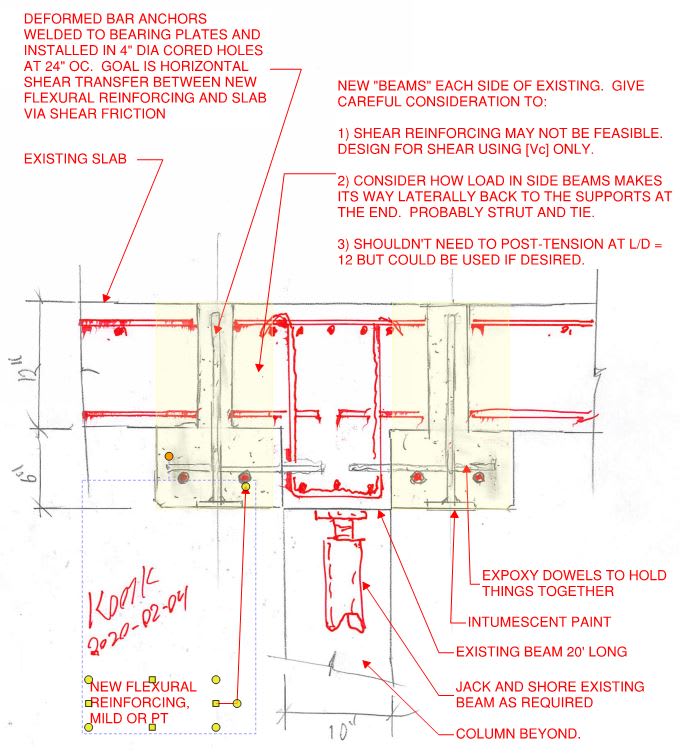KutEng
Structural
- May 27, 2019
- 40
I have an existing concrete beam that is already showing excessive deflections under just dead load conditions. The beam will be loaded up with additional dead loads and we are required to strengthen the beam to a) prevent further deflections (and reduce deflection if possible but I believe the deflection is due to creep and can't be undone?) b)increase the strength of beam to take extra loads
I am a bit out of my comfort zone here as I don't have much experience with strengthening existing structures. I have suggested using FRP strips however the headroom is apparently already too tight below the beam and they can't afford to go any lower. We are now looking at fixing a steel channel or 2 to either side of the concrete beam to strengthen it however I am unsure how to design this. In other posts, I have seen terms like strain compatibility and shear flow which I think I understand as a concept but I'm unsure how to actually check this.
Would external post-tensioning be ruled out if I can't go below the slab?
Thanks in advance
I am a bit out of my comfort zone here as I don't have much experience with strengthening existing structures. I have suggested using FRP strips however the headroom is apparently already too tight below the beam and they can't afford to go any lower. We are now looking at fixing a steel channel or 2 to either side of the concrete beam to strengthen it however I am unsure how to design this. In other posts, I have seen terms like strain compatibility and shear flow which I think I understand as a concept but I'm unsure how to actually check this.
Would external post-tensioning be ruled out if I can't go below the slab?
Thanks in advance



![[idea] [idea] [idea]](/data/assets/smilies/idea.gif)

![[lol] [lol] [lol]](/data/assets/smilies/lol.gif)
![[upsidedown] [upsidedown] [upsidedown]](/data/assets/smilies/upsidedown.gif)